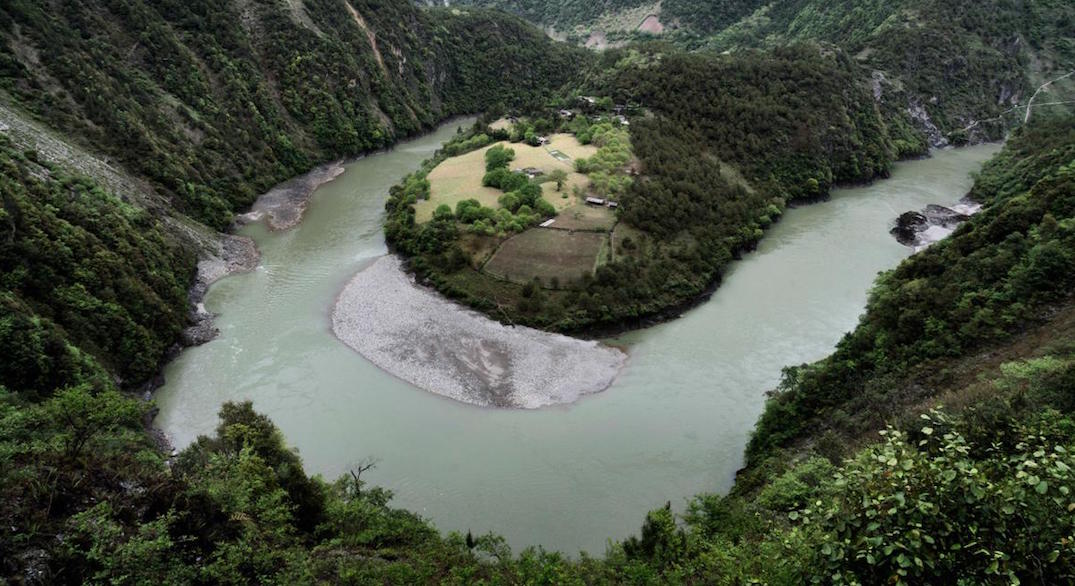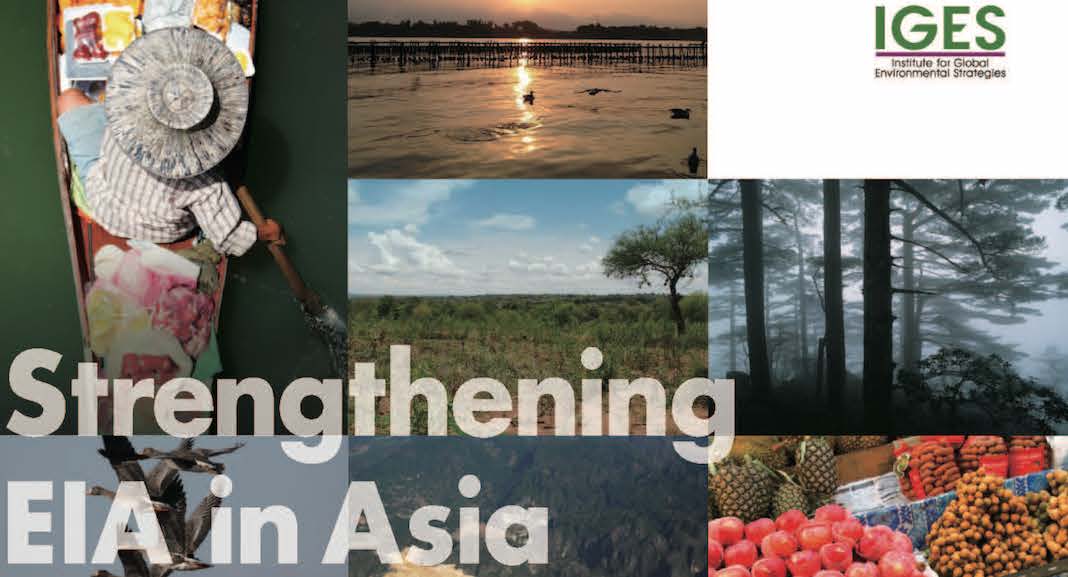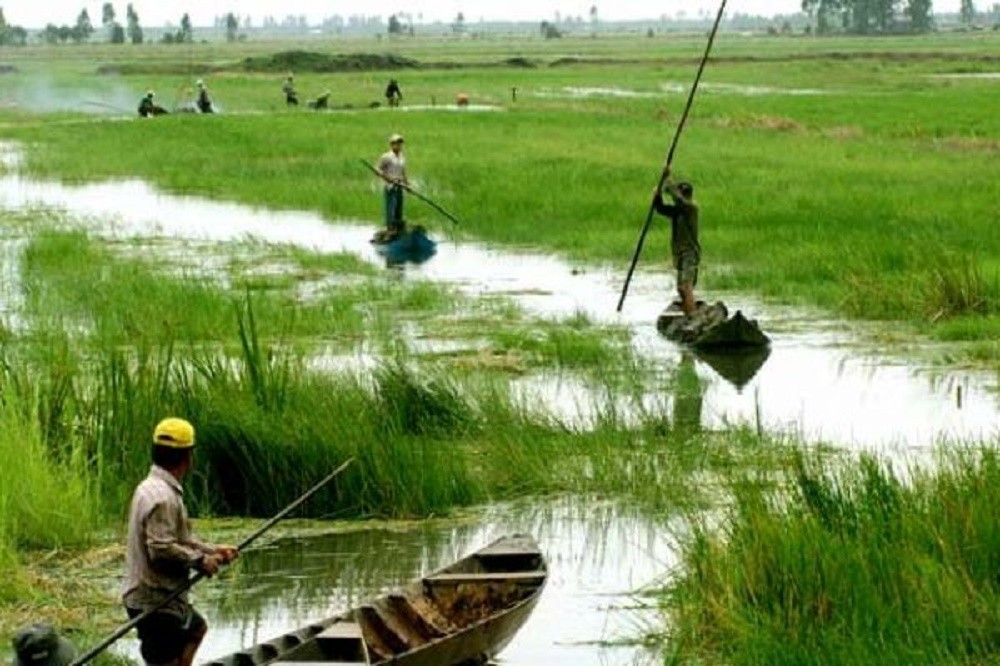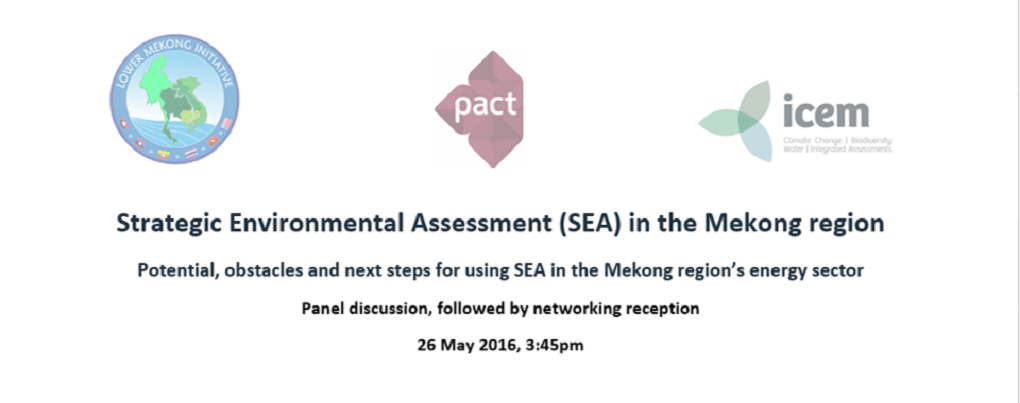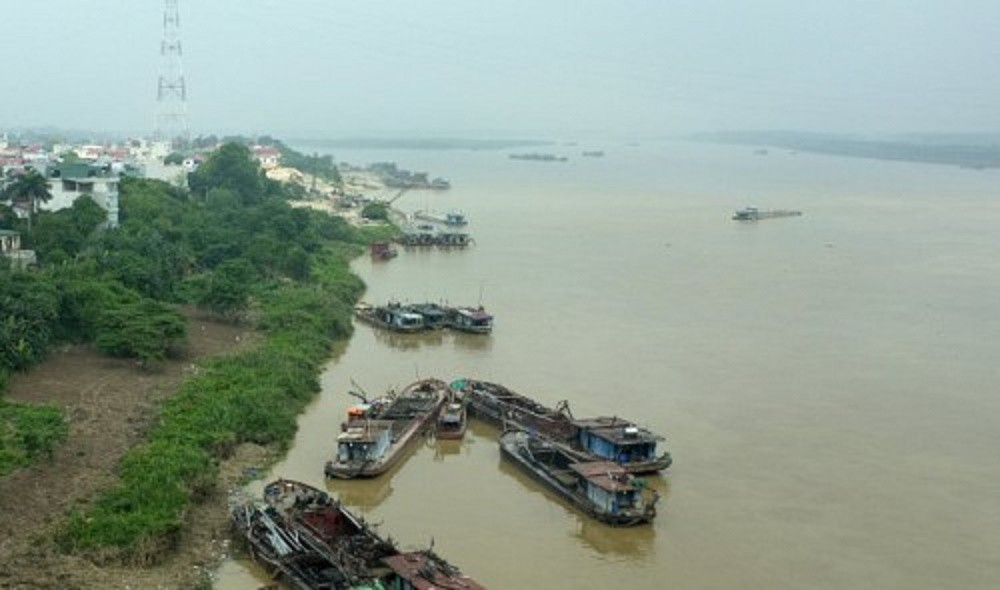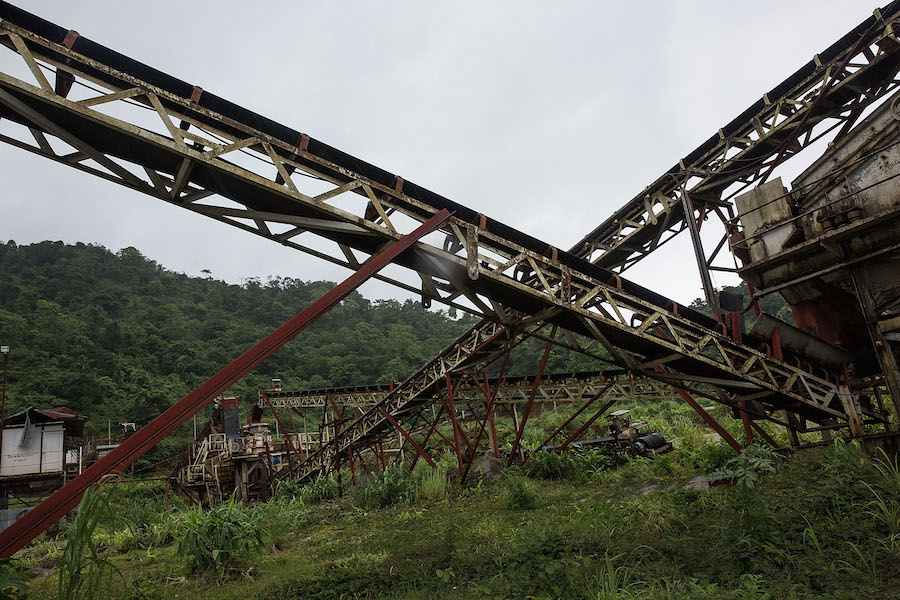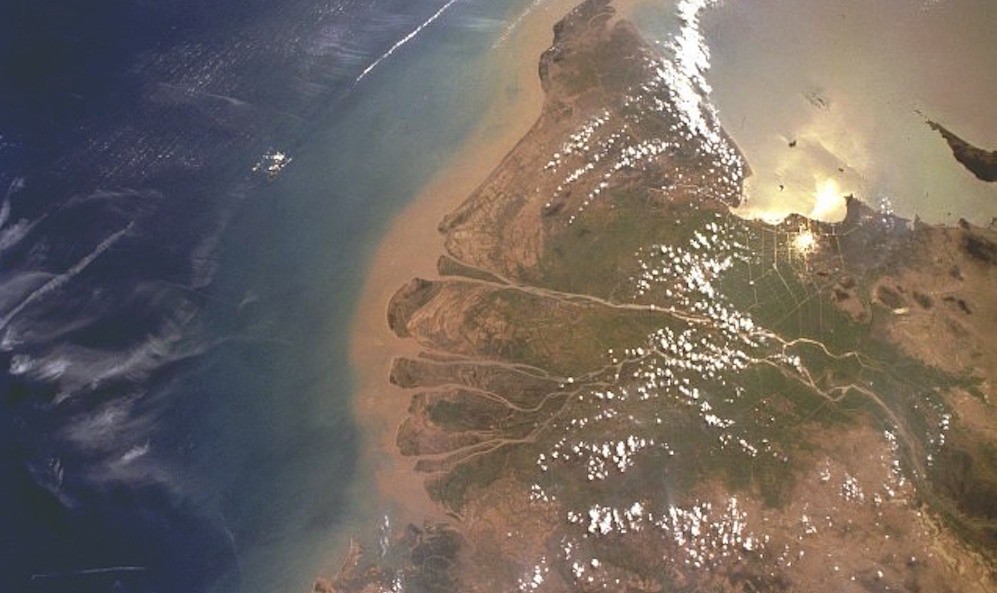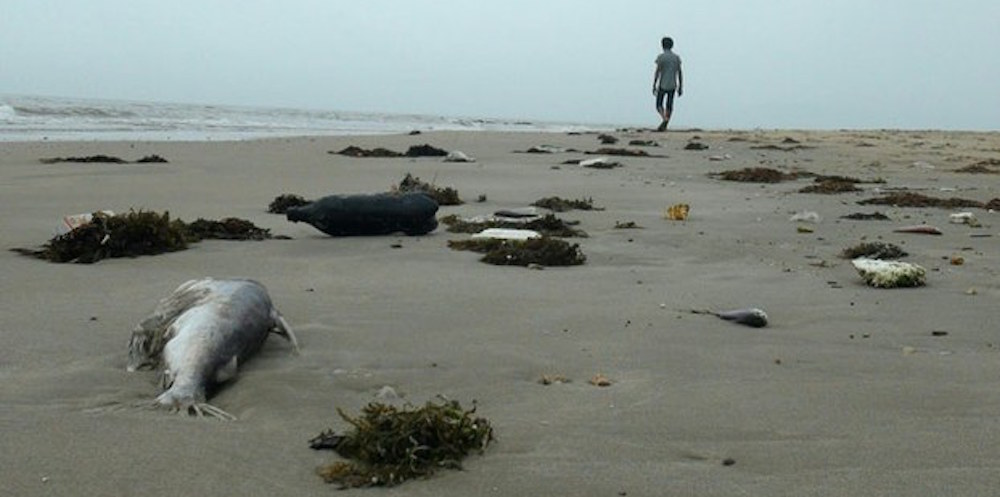Laos’ management of foreign investments in extractive industries has improved since 2009, helping to ensure benefits are spread to communities and decrease environmental impacts.
Tag: Environment
China May Shelve Plans to Build Dams on Its Last Wild River
On a roadside next to the Nu River, Xiong Xiangnan is trying to sell fish to tourists. He doesn’t look like a traditional fisherman. Xiong sports a pompadour and wears a brown jacket, jeans, and white Crocs, with a money purse slung across one shoulder. As several of his friends stand around smoking, Xiong makes his pitch.
The fish were very hard to catch, he says. The nets must be set at night and checked early in the morning. That’s why he’s charging 240 yuan—about $37—for the biggest trophy in his buckets.
Behind Xiong, the Nu River flows freely, bumbling with rapids, swirling with eddies. Some of this water has spilled down from glaciers on the Tibetan plateau, filling a channel that snakes 1,700 miles (2,736 kilometers) through China, then Myanmar and Thailand, before spilling into the Andaman Sea.
Strengthening EIA In Asia
This report was prepared for the Asia EIA Conference 2016 organised on 10 May by the Ministry of the Environment, Japan (MOEJ). The conference was held under the theme of enhancing EIA as a sustainable development planning tool in Asia in collaboration with the Asian Development Bank (ADB) and in cooperation with the US Environmental Protection Agency (USEPA).
The report is based on a study conducted in seven Asian countries, namely Cambodia, Indonesia, Korea, Lao PDR, Myanmar, Thailand and Viet Nam, on their national EIA systems and their implementation, between September 2014 and February 2016. The report aims to summarise and analyse challenges, opportunities and good practices on EIA in these countries to propose possible ways forward as well as potential mutual learning points for strengthening EIA implementation and thus advancing towards a sustainable society. Findings are presented in four segments: (i) quality of EIA (screening and scoping, impact assessment and environmental management and monitoring plan (EMMP), and review and approval of EIA); (ii) information disclosure and public participation; (iii) EMMP implementation; and (iv) Strategic Environmental Assessment (SEA) and upstream EIA.
The four challenges threatening the Mekong Delta
Located at the end of the Mekong River, the Mekong Delta of Vietnam was formed about 6,000 years from sediments of the river flowing into the sea plus the process of sea regression.
After the country’s unification in 1975, Vietnam embarked on the planning and exploitation of the delta. The country has successfully solved the alkaline, acidic and salty problems to develop agriculture, particularly rice cultivation in this region. In 1986, the total rice output of the Mekong Delta was around 7 million tones and currently i25 million tonnes, accounting for 90% of Vietnam’s total rice expert turnover.
EVENT: Strategic Environmental Assessment (SEA) in the Mekong region
On May 26, 2016 Pact and the International Center for Environmental Management (ICEM) invite you to a panel discussion on strategic environmental assessment as it relates to energy investments in the lower Mekong region. The discussion will be followed by a networking reception recognizing 25 government officials from the lower Mekong region who are participating in a workshop on the same topic.
Proposed megaproject on Vietnam’s Red River presents possibility of water link with China
A proposed multibillion-dollar project to be implemented on the Hong (Red), a river crucial to the eco-social development of northern Vietnam that runs through nearly ten provinces, is also meant to connect local water transportation routes with China, fueling concerns over its feasibility and environmental impacts.
Amid Fish Deaths, Social Media Comes Alive in Vietnam
In Vietnam, a scandal surrounding the mass die-off of fish has created an explosive wave of debate and activism on social media, particularly Facebook. Responding to the social media outcry, many rallied in cities across Vietnam on Sunday, during a national four-day holiday. The rallies took place at an unprecedented scale, spanning three regions.
The protests responded to the mass deaths of fish, a crisis that has been ravaging Vietnam’s four central-coast provinces since early April. The environmental disaster has killed thousands of fish and caused financial and environmental damages to fishermen and people living in what was already one of the country’s most vulnerable regions. The cause is unconfirmed as yet, but many Vietnamese suspect pollution from a steel plant operated by a subsidiary of Formosa Plastics Group.
Dawei residents protest against $3 billion oil refinery
A collection of civil society groups in the southern city of Dawei has begun to actively protest a Chinese-led US$3 billion proposal to build Myanmar’s largest oil refinery on their doorstep.
Local businesses, civil society organisations and villagers are circulating a petition calling for the new National League for Democracy-led government to reconsider the project – which received approval on the last full day of former president U Thein Sein’s administration.
Local residents were hardly involved in the approval process, according to the appeal, which suggests the environmental effects of the 100,000-barrels-per-day project may be catastrophic.
More than 2000 people from six villages have signed the petition, according to the Dawei Development Association.
Mekong Delta loses half of silt to upstream dams: scientists
Le Van Nam has difficulty sleeping at night thinking of the fall in yields year after year on his rice field allegedly due to less silt being washed down the Mekong River because of upstream dams.
“In the last winter-spring crop, my 5,000 square meters only produced 3.5 tons of rice while it was four tons the previous year,” the farmer from An Giang Province said.
Declining flows down the Mekong River due to the building of dams upstream have been partly blamed – as have severe droughts — for reduced yields and worsening erosion in the delta.
According to the An Giang Department of Agriculture and Rural Development, floods in the 4,900-km river used to bring silt and fish.
However, declining flows in recent years have made the land less fertile.
Massive Fish Kill in Vietnam
Vietnam’s top environment official offered an apology on Friday for his government’s “confused” handling of a mass fish kill off that has killed tons of fish across a wide swath of the country’s central coast.


